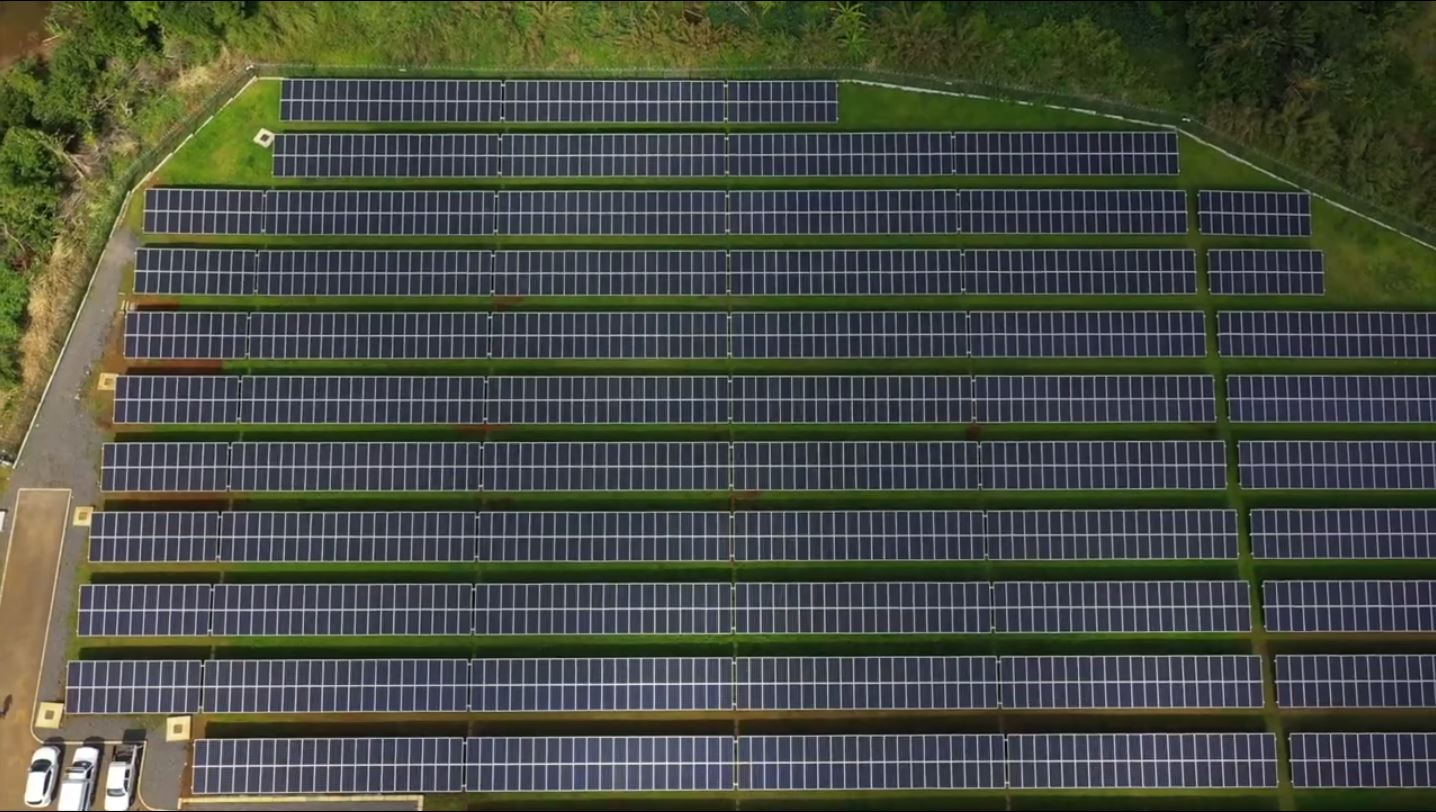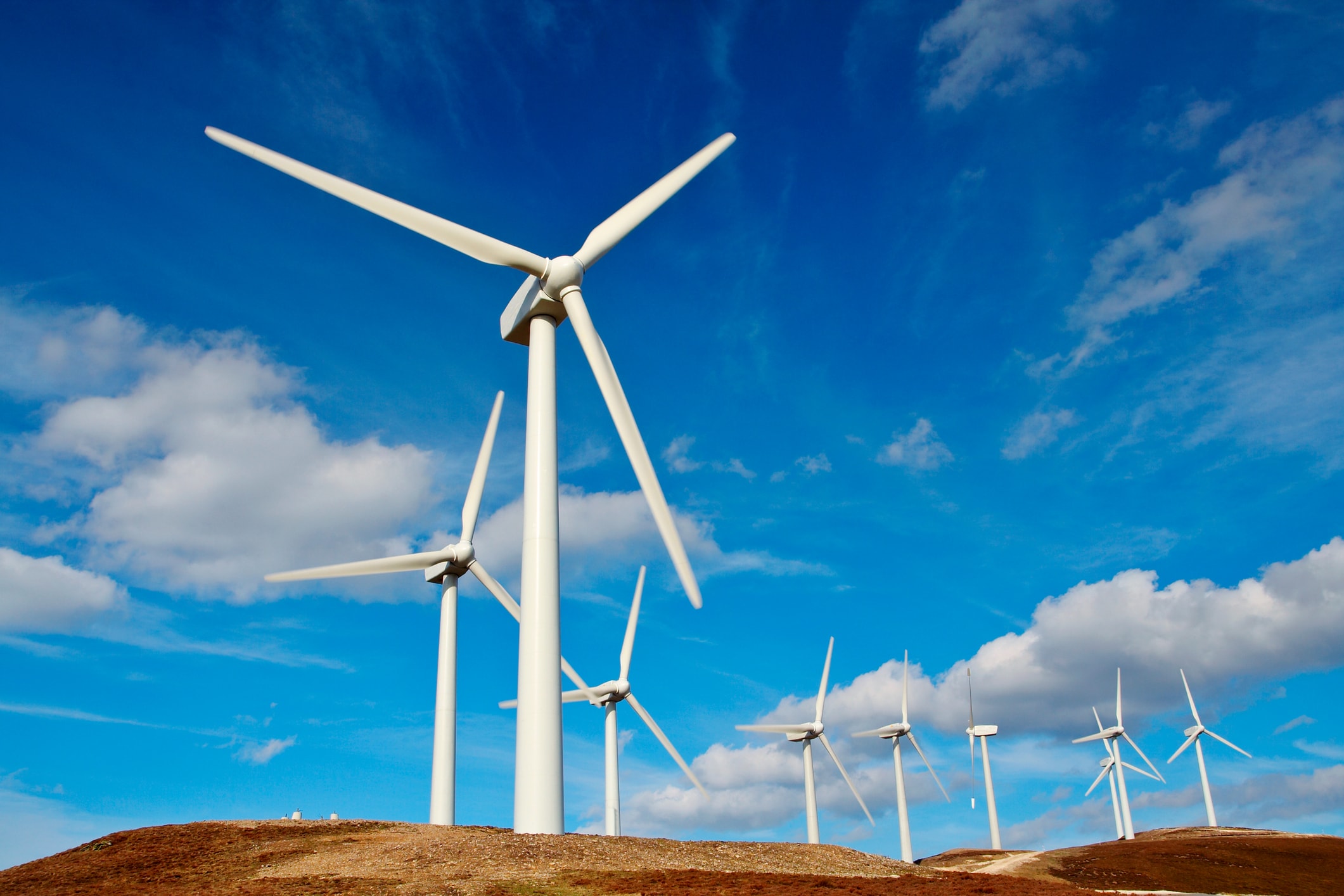PRODUCTION OVERVIEW
As of 30 June 2024, Mauritius had a nominal installed capacity of 881.56 MW, powered by a mix of public and private generation:
- CEB Generating Units: 512.72 MW
- Private Power Producers, including Independent Power Producers (IPPs), Medium Scale Distributed Generators (MSDGs), and Small-Scale Distributed Generators (SSDGs): 368.84 MW
For the financial year ended 30 June 2024, the total energy generated amounted to 3,325.74 GWh:
- 47.03% (1,564.03 GWh) was produced by the CEB from 4 thermal power stations and 10 hydroelectric plants.
- 52.97% (1,761.71 GWh) was purchased from private power producers, including IPPs, MSDGs, and SSDGs.
Where does Our Power come from?
The bulk of electricity in Mauritius is generated from heavy fuel oil and coal:
- CEB Power Stations:
- Heavy fuel oil is used in base load and semi-base load power plants.
- Kerosene powers gas turbines, primarily during peak periods.
- Independent Power Producers (IPPs):
- During the sugarcane crop season, bagasse, a by-product of the sugar industry, serves as a renewable fuel source.
- During the off-crop season, coal is used.
Most of the CEB’s thermal power stations are located near the Port Area in Port Louis, benefiting from convenient on-shore fuel handling facilities for efficient fuel unloading.
Alternative Energy Sources
Mauritius is exploring and developing alternative energy sources to diversify its energy mix:
- Solar Energy:
- The island has a favourable solar regime, with an average annual radiation of approximately 6 kWh/m²/day.
- Wind Energy:
- Certain regions experience annual average wind speeds of 8.1 m/s, measured at 30 meters above ground level.
- Hydropower:
- Hydropower plants contribute to some 4% of total energy production, with a combined installed capacity of 56.5 MW.
- Bagasse:
- This renewable source accounts for around 9% of the total energy mix, thanks to its use during the sugarcane crop season.
While solar and wind energy are still in the early stages of development in Mauritius, these renewable sources hold significant potential for future growth.
Environment Monitoring
The CEB prioritises environmental responsibility by continuously monitoring its thermal power stations:
Regular assessments are conducted by independent accredited bodies, covering:
- Ambient air quality
- Flue gas emissions
- Noise levels
- Effluent discharge
These efforts ensure that power generation activities comply with environmental standards and contribute to a sustainable future.




